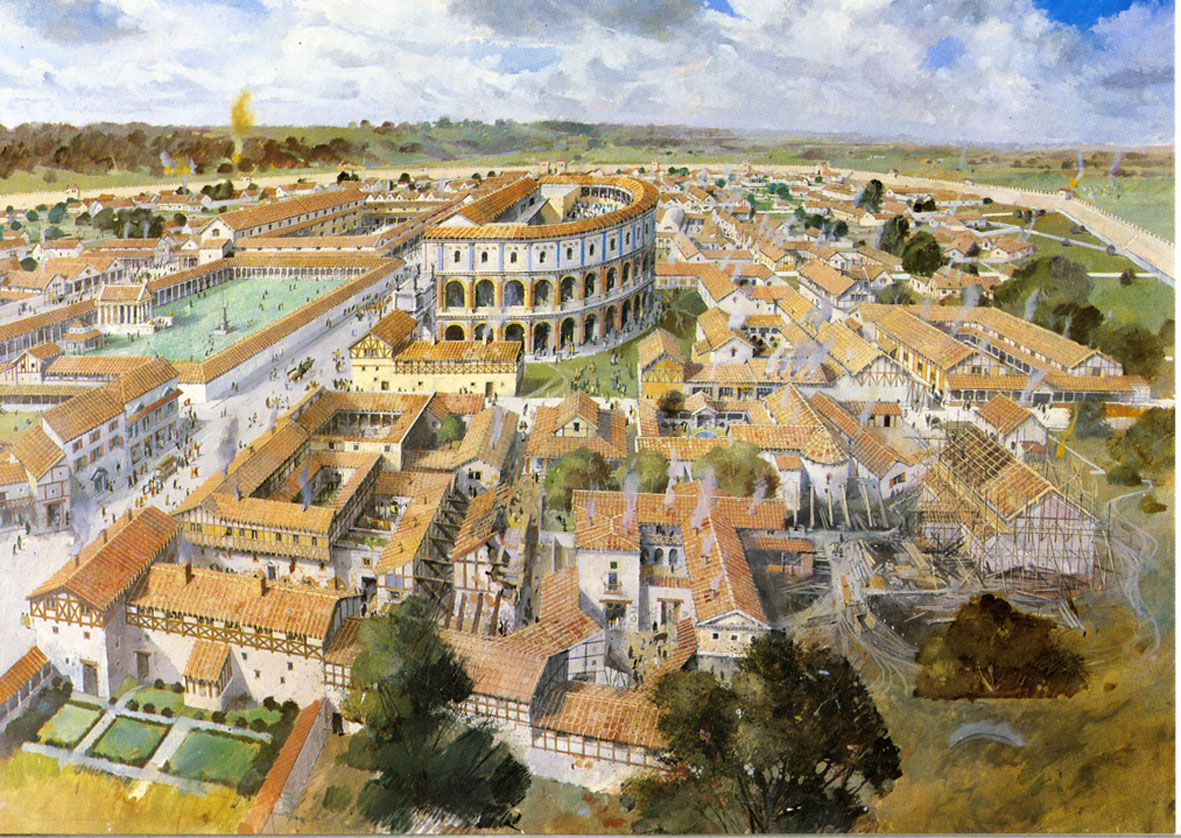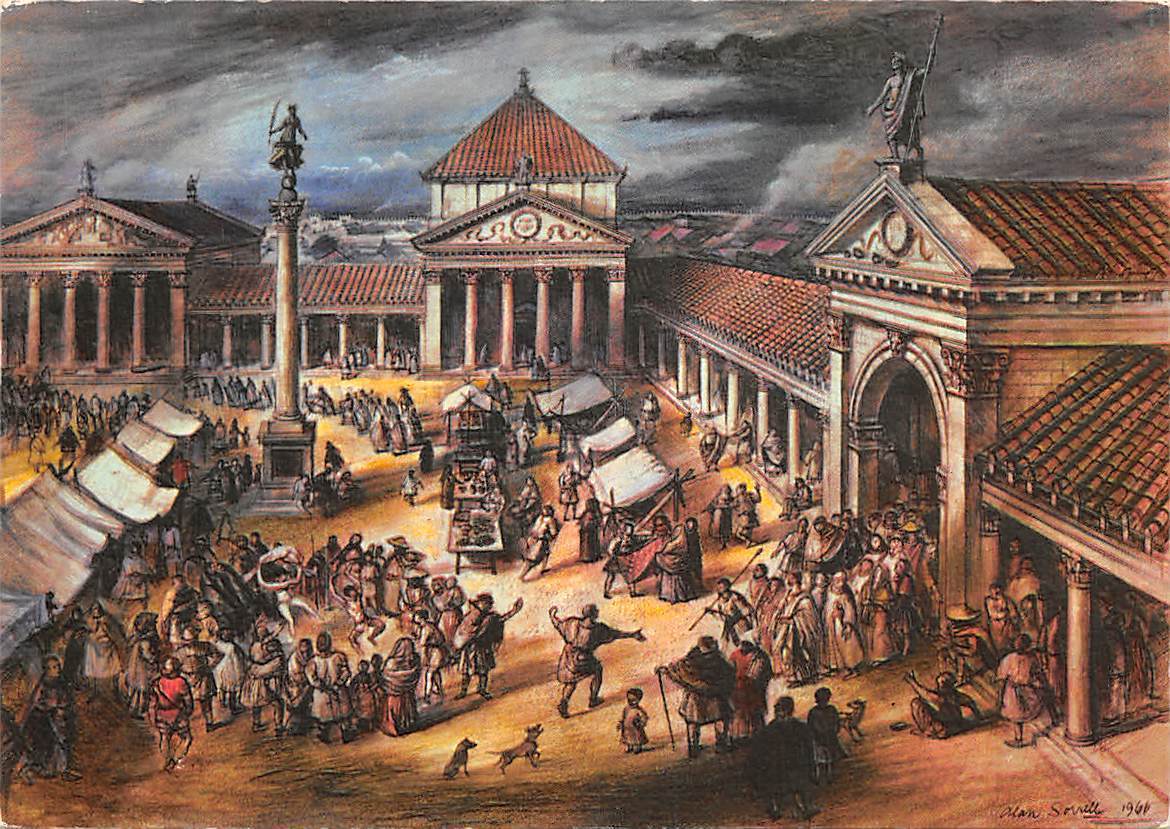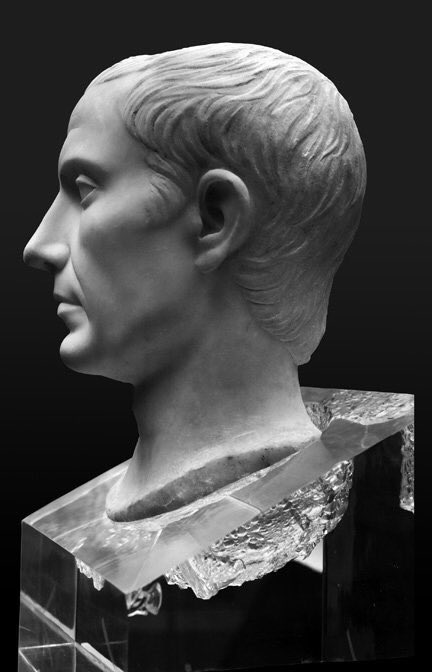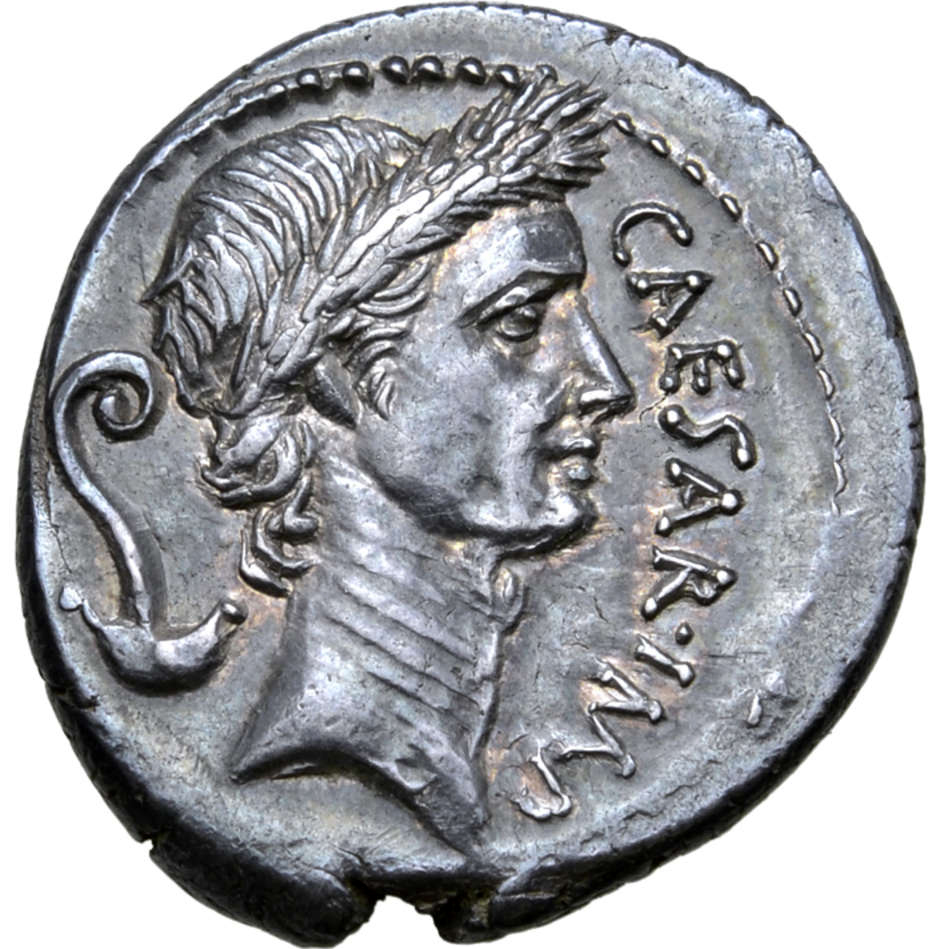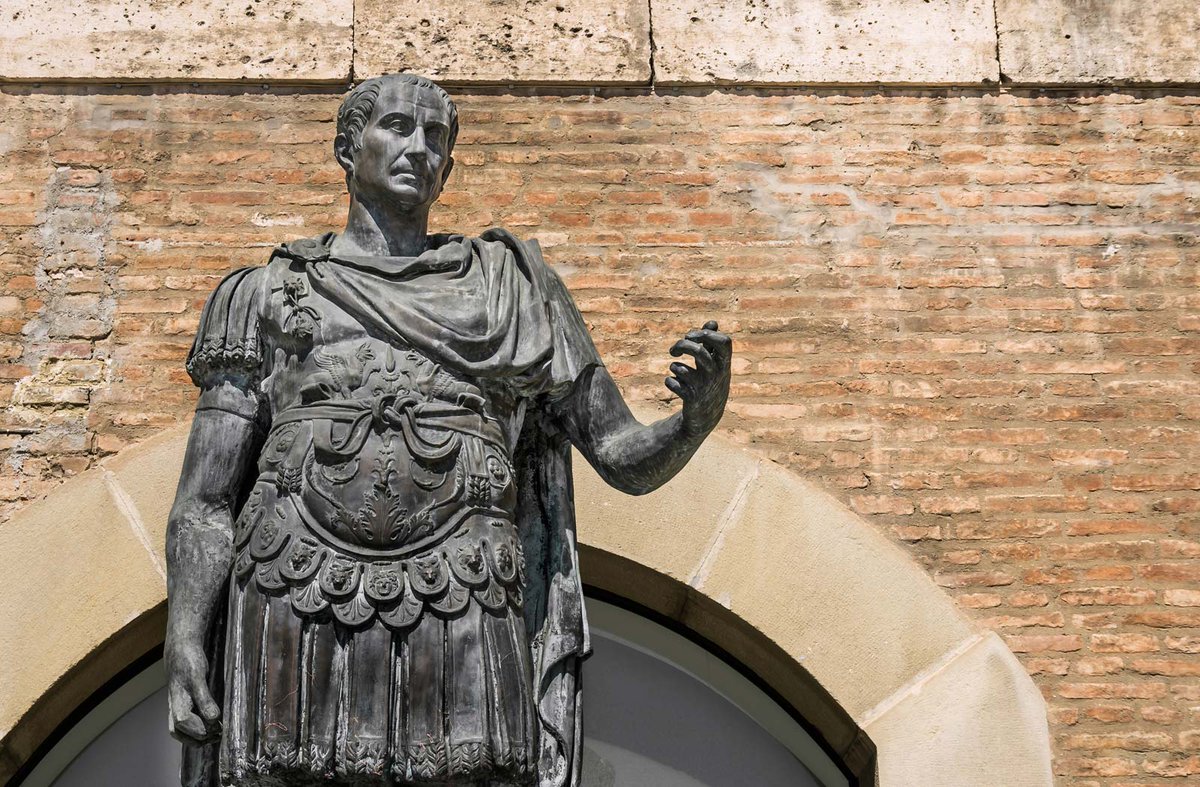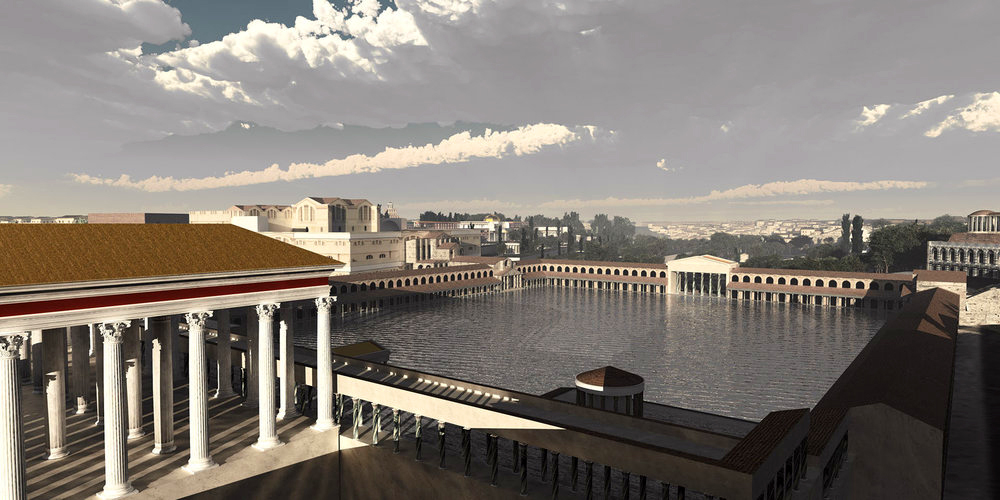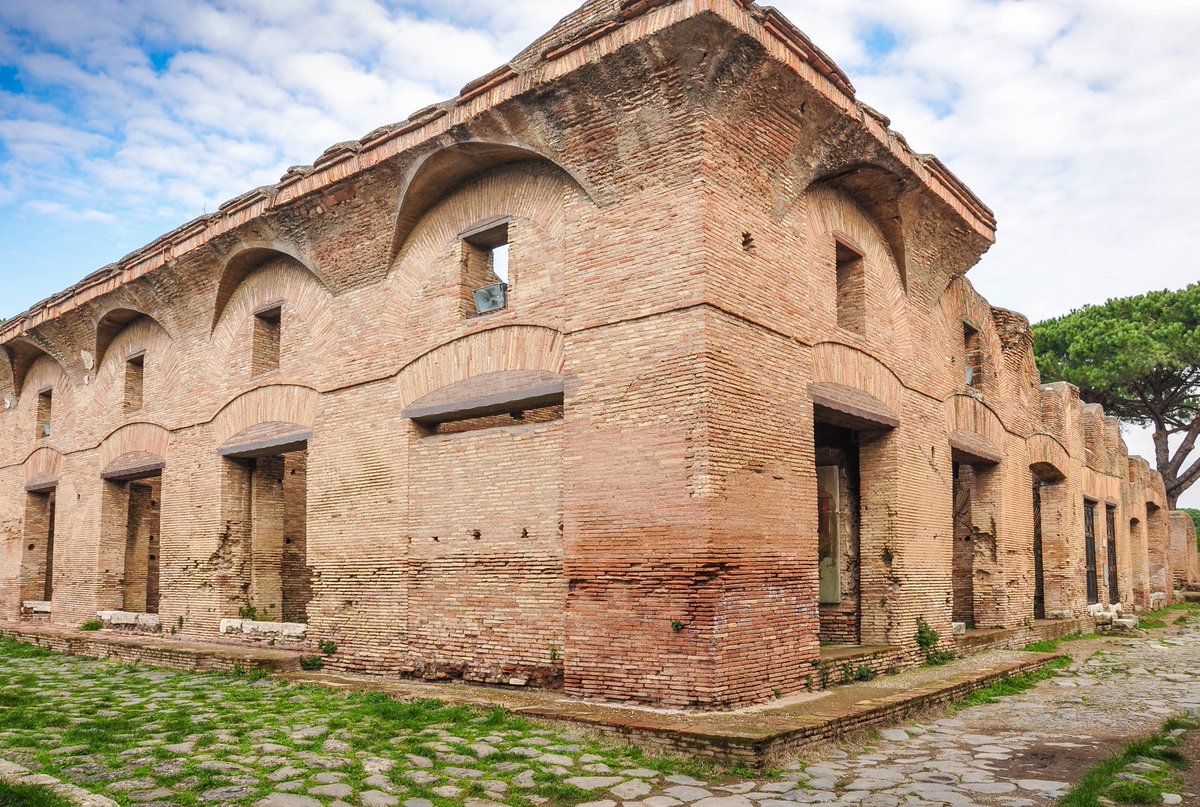
New coin: Roman silver denarius of Trajan minted around 107-108 AD, celebrating the victorious culmination of his Dacian Wars. The near mint state denarius depicts a Roman trophaeum; a victory trophy in the form of a tree stump decorated with captured enemy armour and weaponry. 
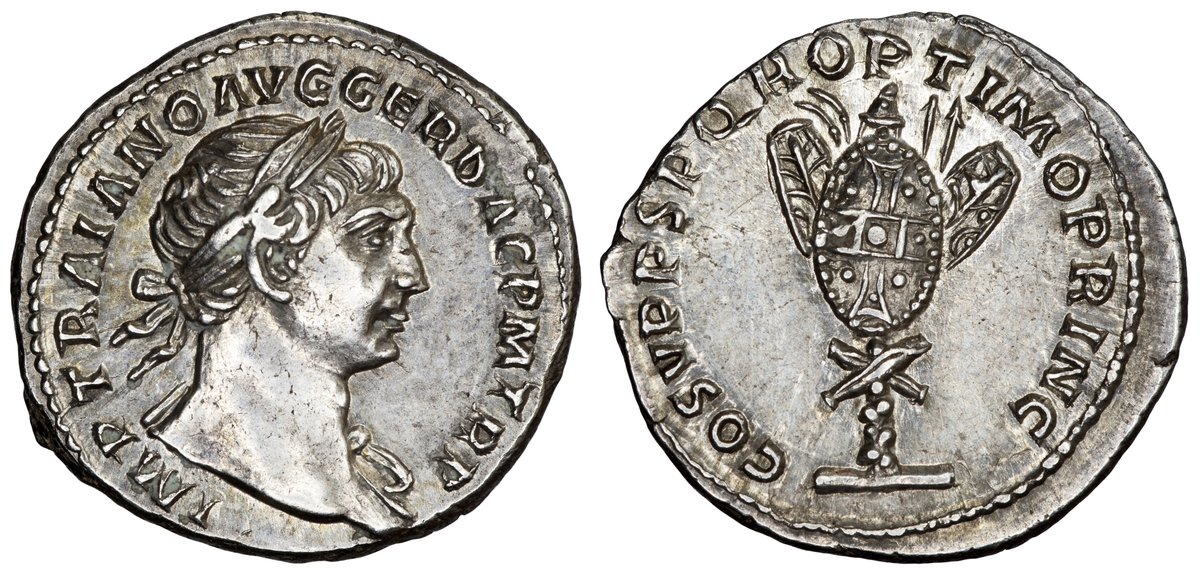
The trophaeum began as an improvised victory trophy quickly erected on the battlefield but soon became a widely recognised symbol of military victory, recreated in marble and incorporated into triumphal monuments; seen for example on the Arch of Marcus Aurelius in Tripoli, Libya. 
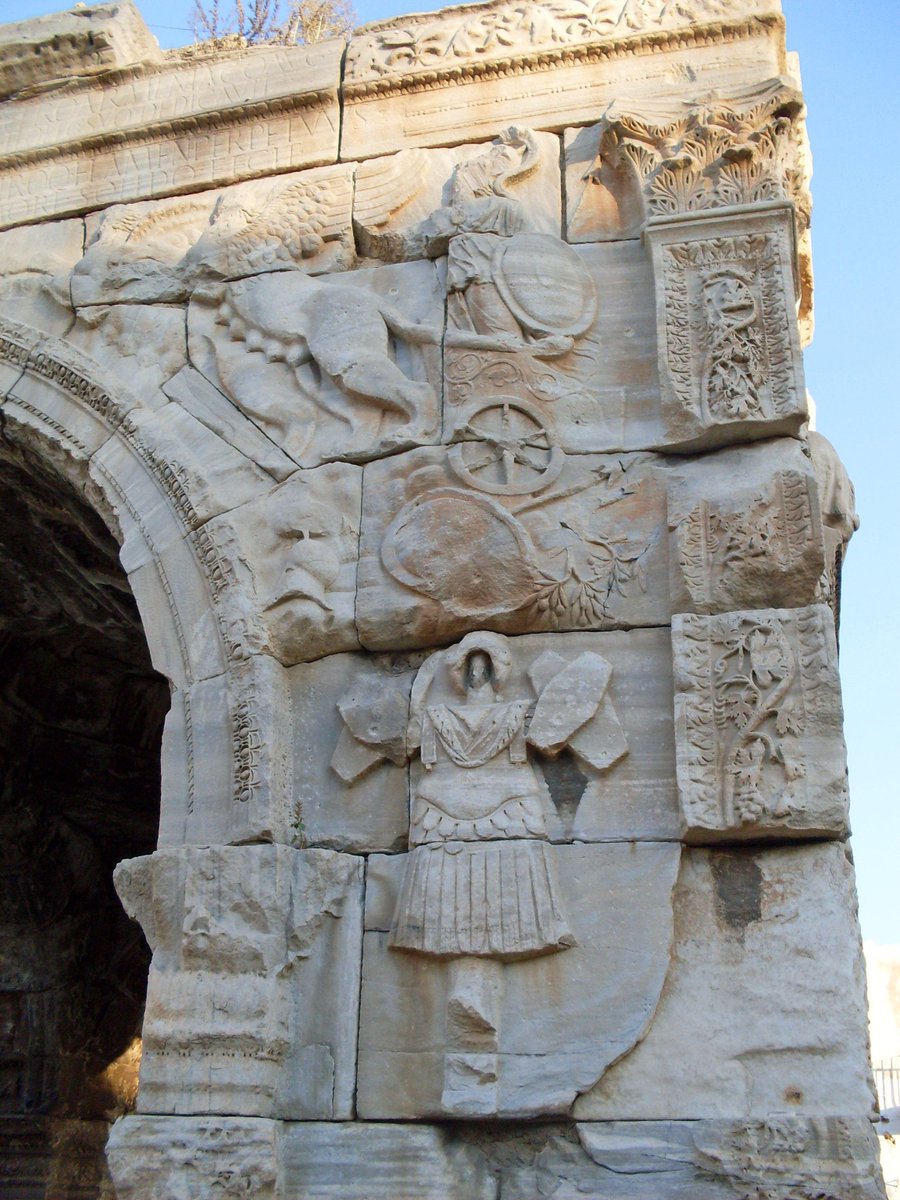
Most trophaea consisted of a simple tree stump decorated and anthropomorphised with enemy arms; usually a cuirass and helmet, with shields either side. Enemy captives are often shown sat beneath the trophy in defeat, perhaps imitating an authentic post-battle tradition of display 

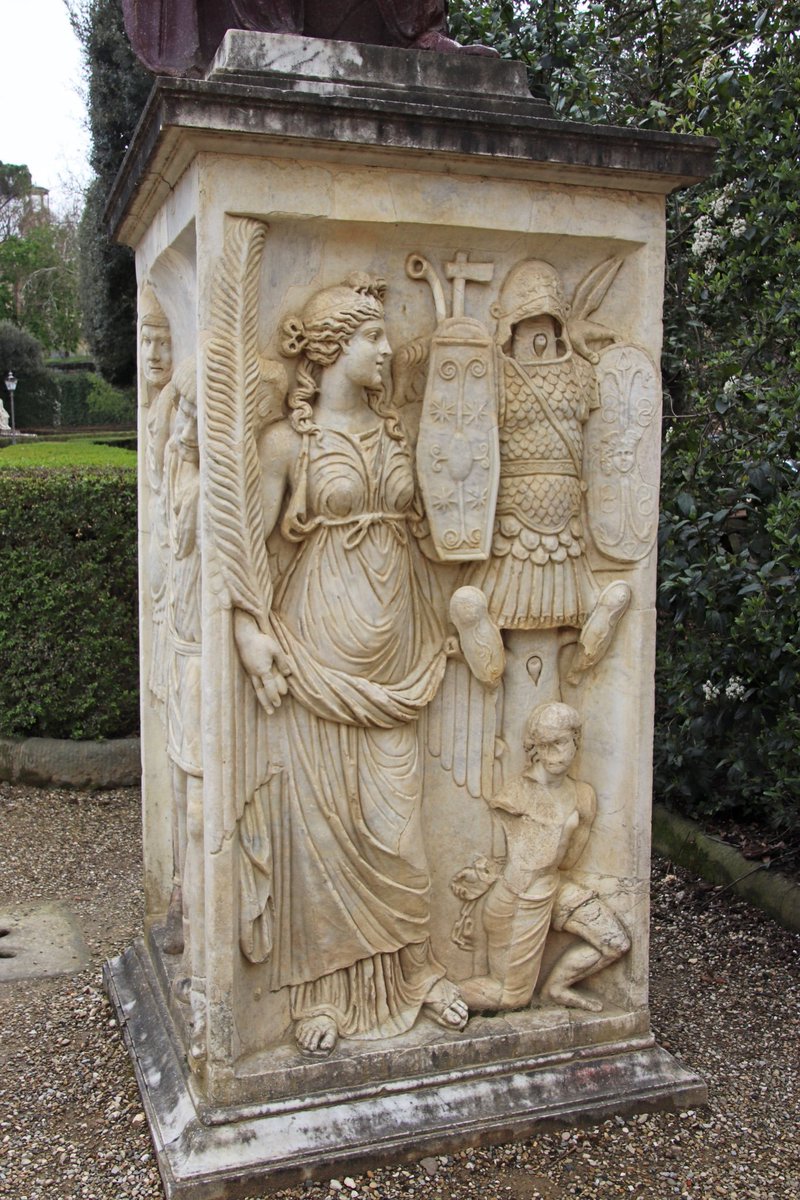
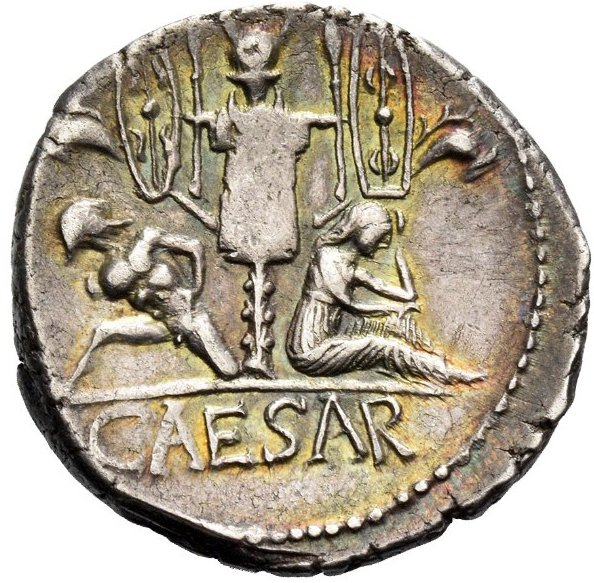
The trophy on this denarius is instead mainly constructed of highly decorated Dacian shields; one large, round shield at centre with hexagonal ones either side. Behind we see javelins and the distinctive curved Dacian falx. Atop is a helmet and below, a pair of crossed greaves. 
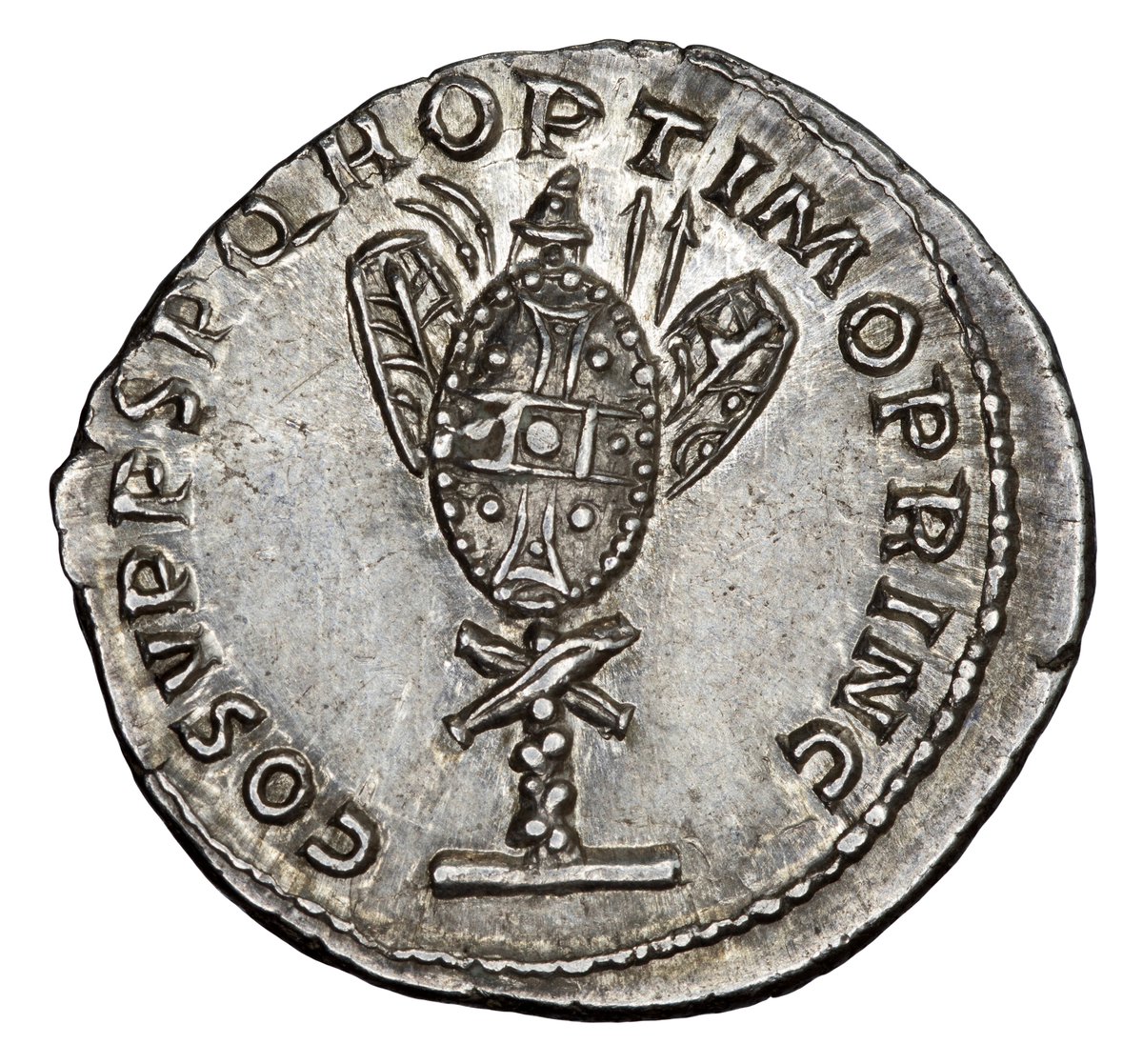
Detail of the remarkably rendered Trajanic trophaeum, in reality just a few millimetres across on the small silver coin! #roman #numismatics #coins #collecting 
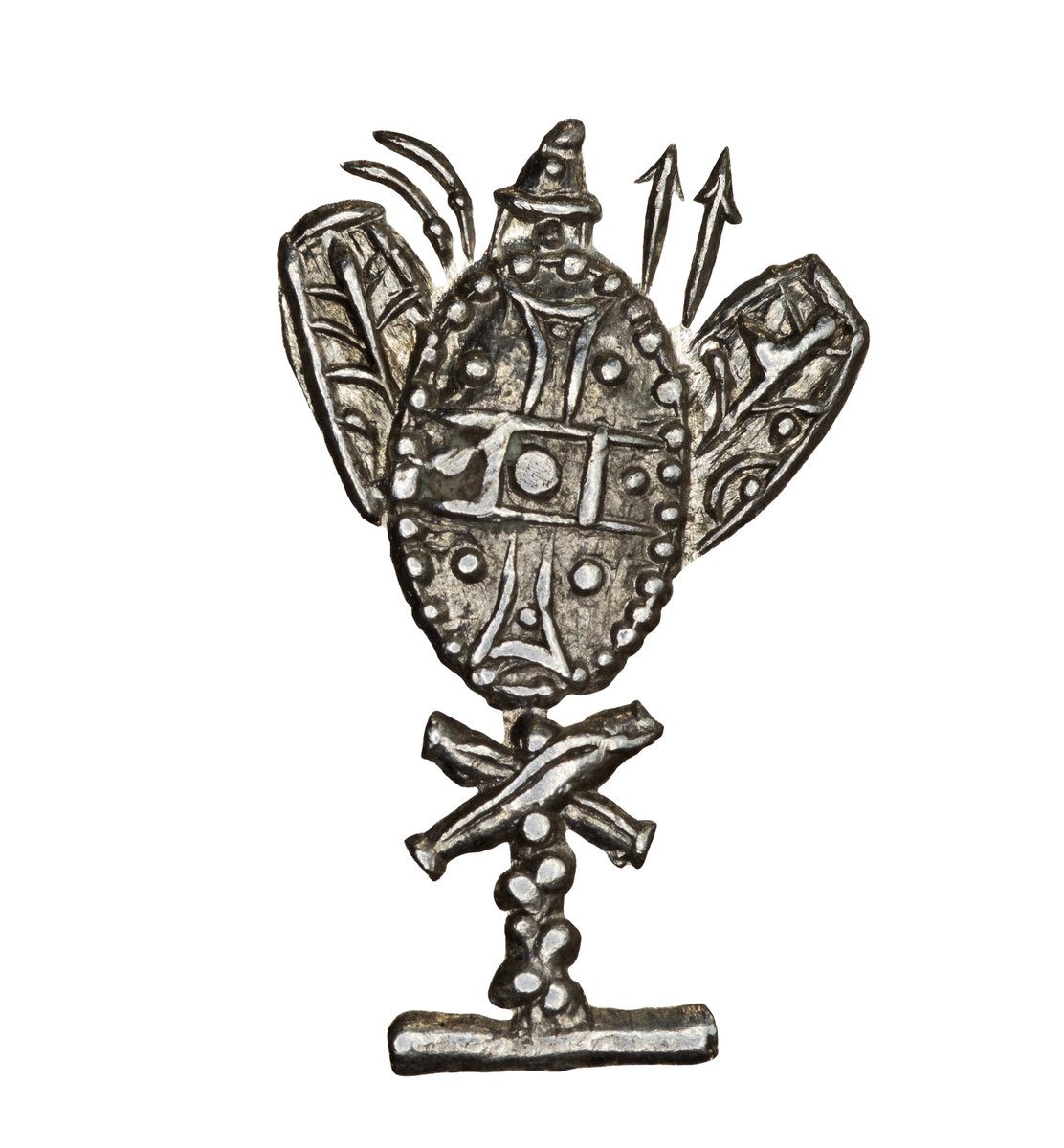
The Roman denarius in hand, illustrating how tiny the intricate reverse design is and how talented the Roman engravers were to execute such designs on so small a scale. #roman #numismatics 
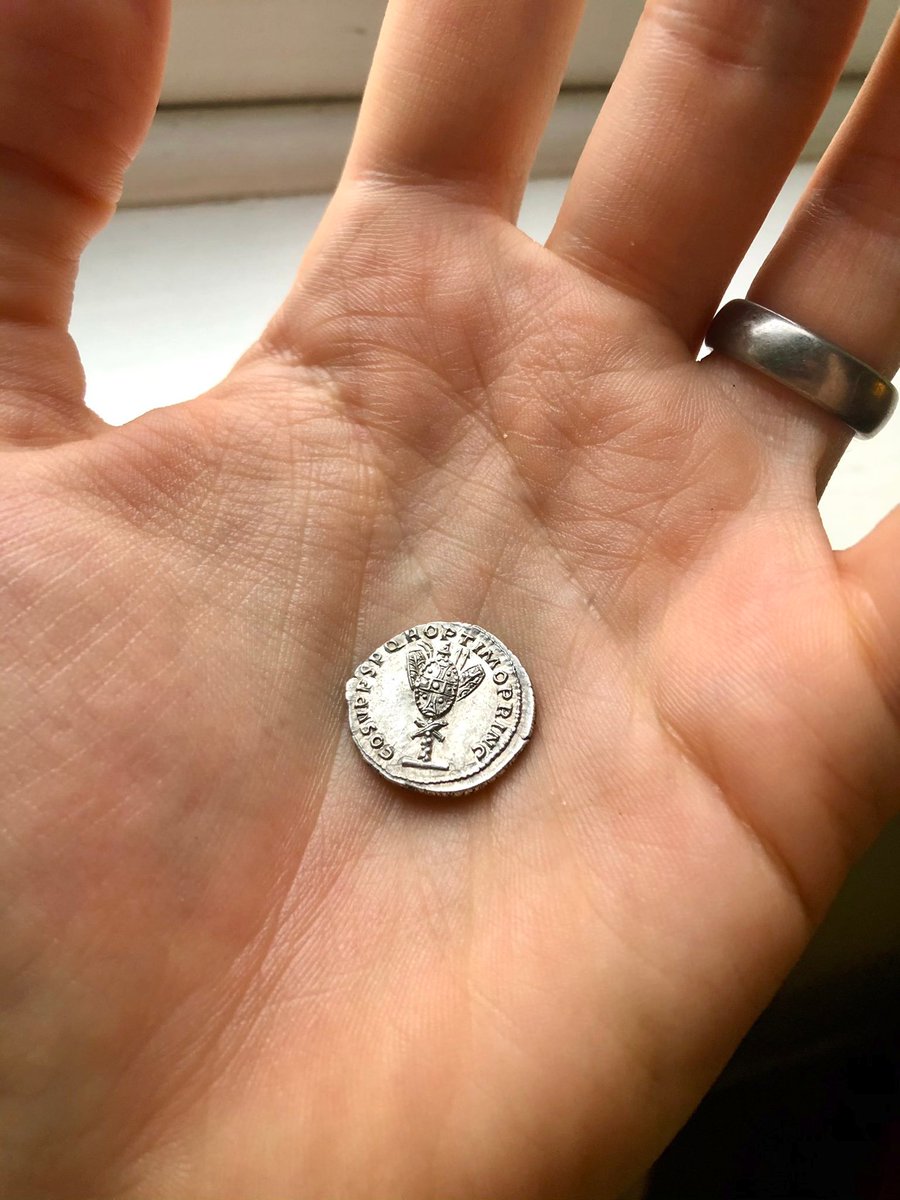
• • •
Missing some Tweet in this thread? You can try to
force a refresh





